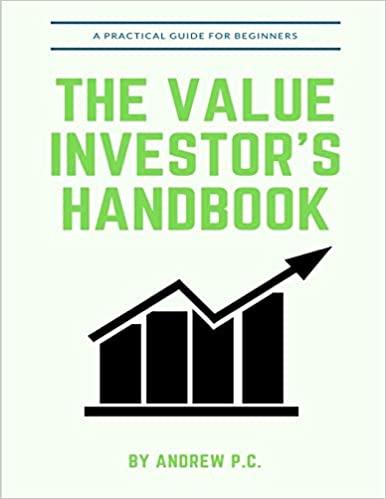The future value of $1,000 deposited each year for 5 years $5,250 C $5,400 D. $6,500 E. $8.200 in personal, social, D, determine your current financial situation E. create a financial action plan 10. Opportunity cost refers to: B. what a person gives up by making a choice. C. the amount paid for taxes when a purchase is made. D current interest rates. E. evaluating different alternatives for financial decisions. 11. Future value calculations involve: A. discounting B. add-on interest. C. compounding D. simple interest. E. an annuity. 12. If you put $1,000 in a savings account and make no further deposits, what type of calculation would provide you with the value of the account in 20 years? A. Future value of a single amount C. Present value of a single amount E. Future value of a series of deposits B. Simple interest D. Present value of a series of deposits 13. Sammy wants to triple his money and move overseas to Aruba. If he starts with $75,0 what annual rate of return would he need to achieve to triple his money in 5 years? A. 24.57% B. 36.02% C. 22.34% D. 23.66% 14. Opportunity costs may be viewed only in terms of financial resources. A. True B. False The future value of $1,000 deposited each year for 5 years $5,250 C $5,400 D. $6,500 E. $8.200 in personal, social, D, determine your current financial situation E. create a financial action plan 10. Opportunity cost refers to: B. what a person gives up by making a choice. C. the amount paid for taxes when a purchase is made. D current interest rates. E. evaluating different alternatives for financial decisions. 11. Future value calculations involve: A. discounting B. add-on interest. C. compounding D. simple interest. E. an annuity. 12. If you put $1,000 in a savings account and make no further deposits, what type of calculation would provide you with the value of the account in 20 years? A. Future value of a single amount C. Present value of a single amount E. Future value of a series of deposits B. Simple interest D. Present value of a series of deposits 13. Sammy wants to triple his money and move overseas to Aruba. If he starts with $75,0 what annual rate of return would he need to achieve to triple his money in 5 years? A. 24.57% B. 36.02% C. 22.34% D. 23.66% 14. Opportunity costs may be viewed only in terms of financial resources. A. True B. False







